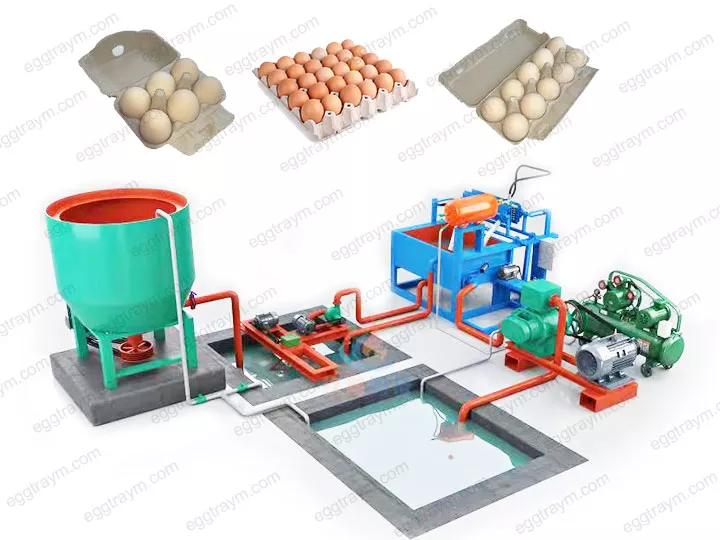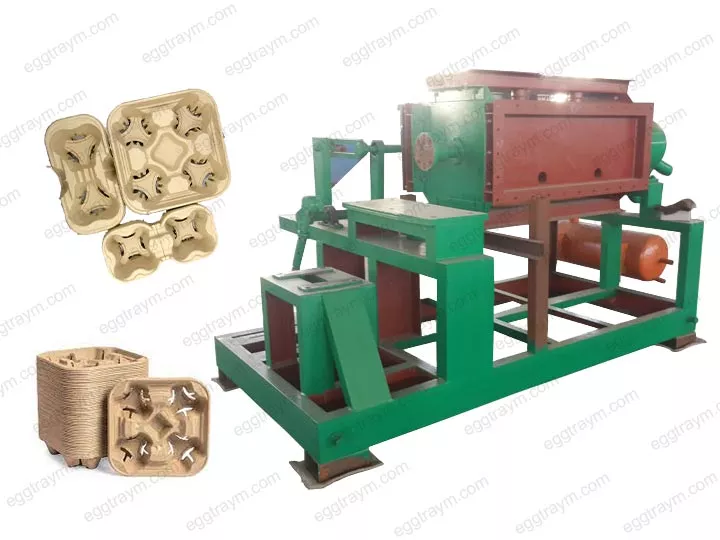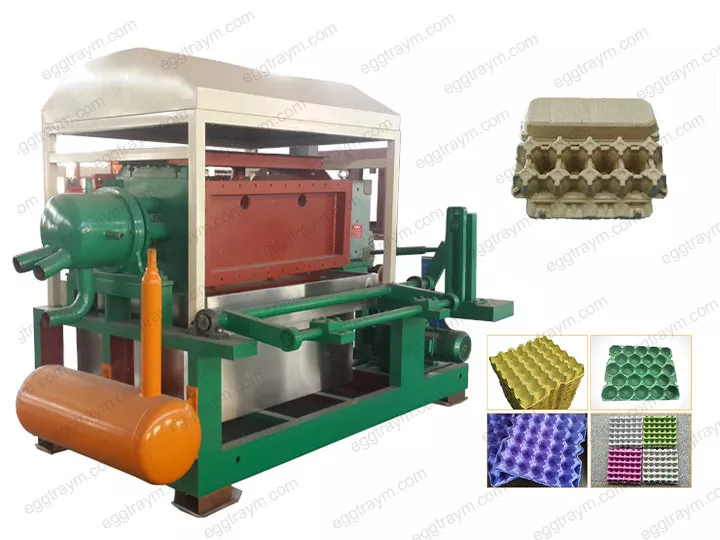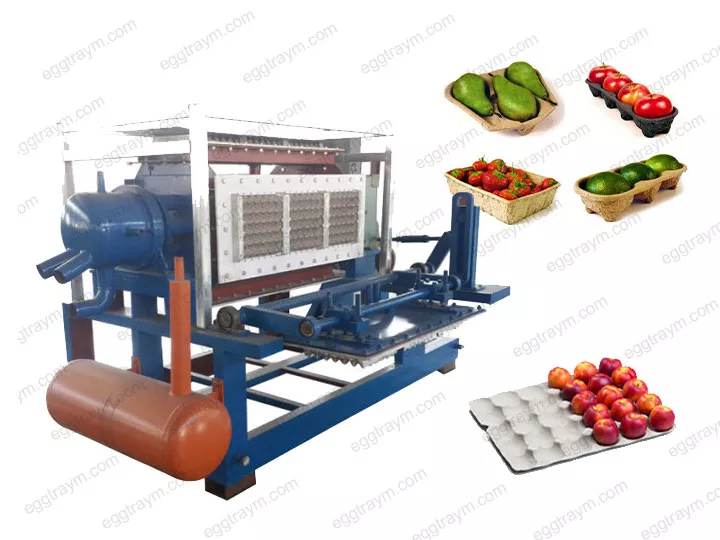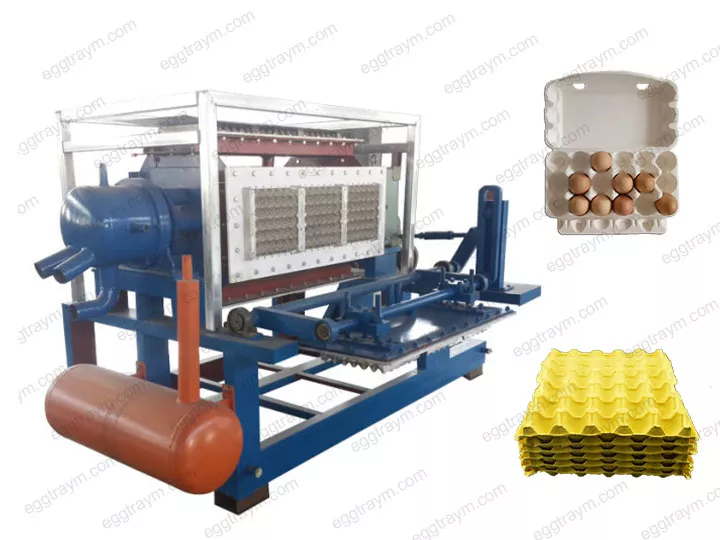Why Are Packaging Companies Upgrading Their Paper Tray Production Lines?
One of the greatest advantages of paper tray production lines is their access to abundant, low-cost raw materials. Waste paper from cardboard boxes, old newspapers, book offcuts, recycled egg trays, and other paper waste can all serve as primary feedstock.
Simply mix these materials with water in the correct proportions to rapidly produce pulp. This not only reduces production costs but also aligns with global environmental trends, creating greater profit margins for businesses.
Three core systems for stable molding
The paper tray production line primarily consists of a pulping system, molding system, and drying system, each step optimized for efficiency:
- The pulping system rapidly processes waste paper into uniform, fine pulp via a hydraulic pulper, pulp pump, and refiner, laying the foundation for subsequent molding.
- The forming system employs vacuum adhesion to transfer pulp onto molds, rapidly creating wet trays. Excess water is recovered by the vacuum system, enhancing water resource utilization.
- The drying system offers flexible options based on output and budget—natural air-drying, brick kiln drying, or fully automated metal drying lines—ensuring products set and form in minimal time while maintaining consistent quality.
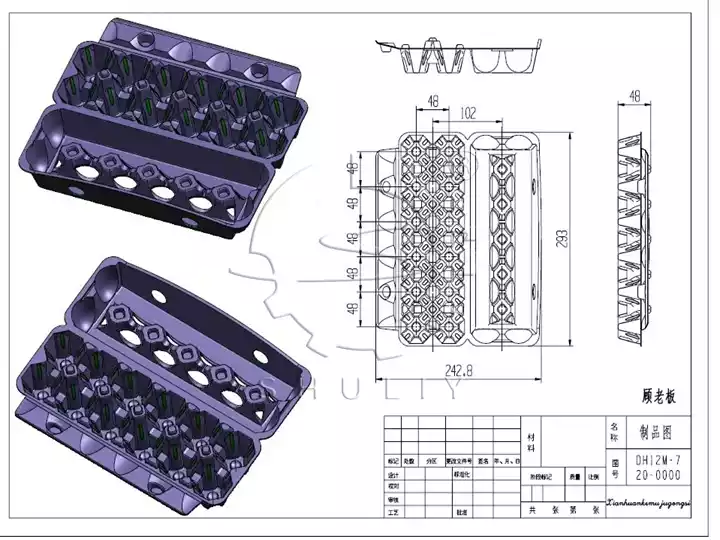
This highly integrated production method accelerates egg tray forming and enhances product uniformity, making it suitable for enterprises of varying scales.
Multiple mold options for diverse tray products
To accommodate varied customer applications, the paper tray processing line supports multiple mold choices:
- Plastic molds offer low cost and shape stability, suitable for producing multiple product types.
- Aluminum molds provide corrosion resistance and extended lifespan, with customizable shapes ideal for premium markets.
Whether producing egg trays, fruit trays, cup holders, or industrial cushioning packaging, rapid model switching enhances equipment utilization.
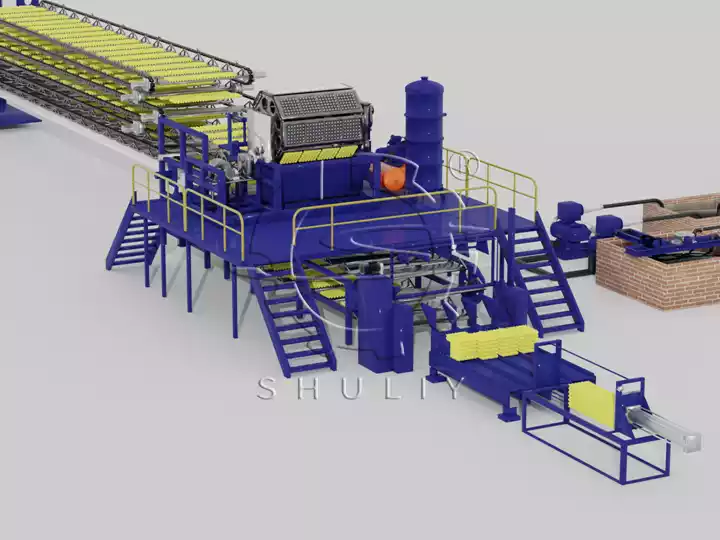
Two paper tray production line configurations
- Fully automatic models suit large factories with one-button operation, enabling automated pulp preparation, forming, drying, and stacking to significantly reduce labor costs.
- The semi-automatic model suits small-to-medium capacity enterprises with high cost-effectiveness, requiring partial manual assistance.
Regardless of budget size, enterprises can find a suitable solution.

Conclusion
As more countries implement plastic bans, pulp molding products are emerging as the primary alternative to plastic packaging. Paper tray production lines offer low energy consumption, low operating costs, and high environmental value, presenting excellent market prospects and investment returns.
If you would like more details on production capacity, configurations, pricing, or have other questions, please feel free to contact us anytime. We will be sure to provide you with the most suitable paper tray production solution.

